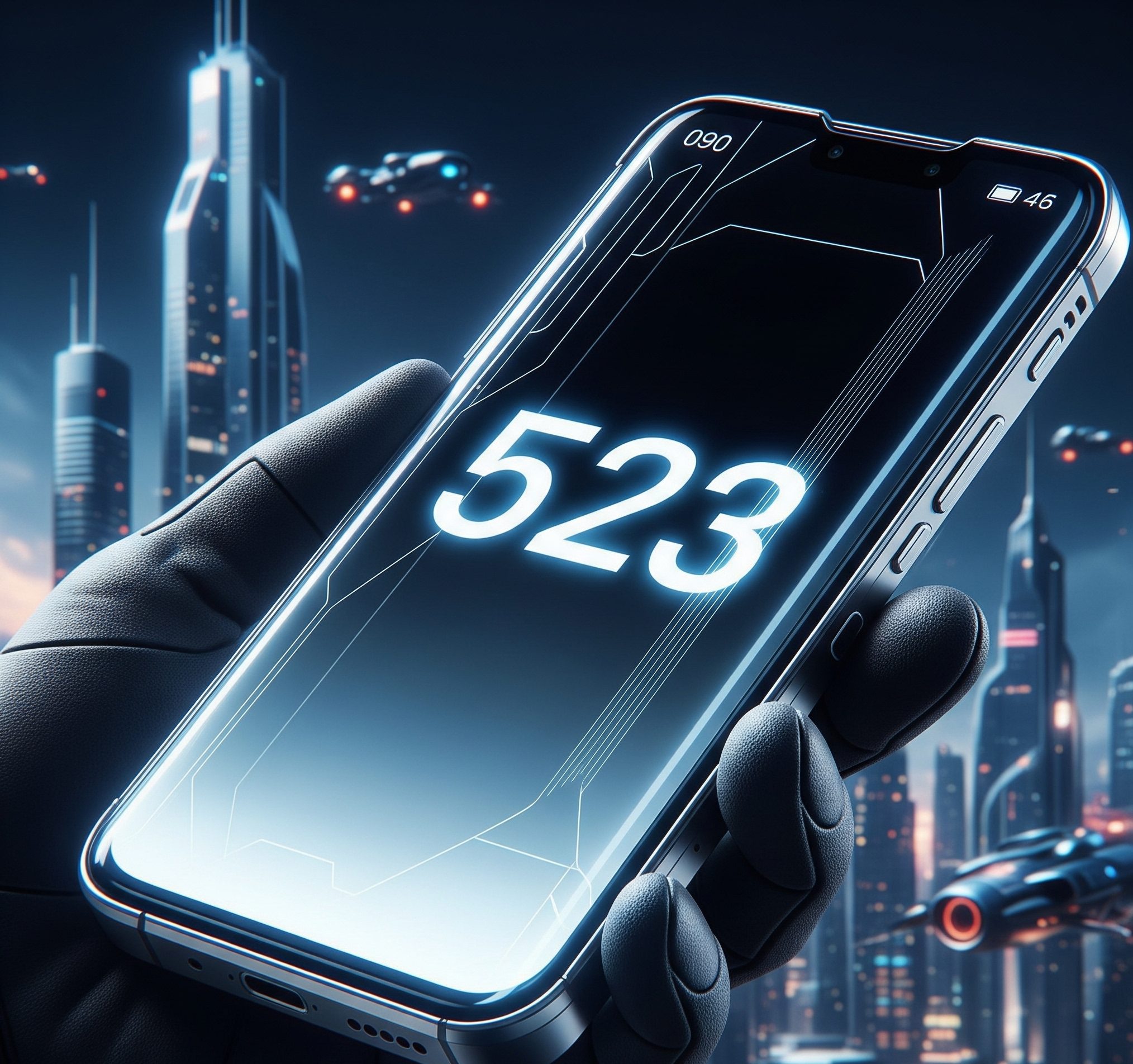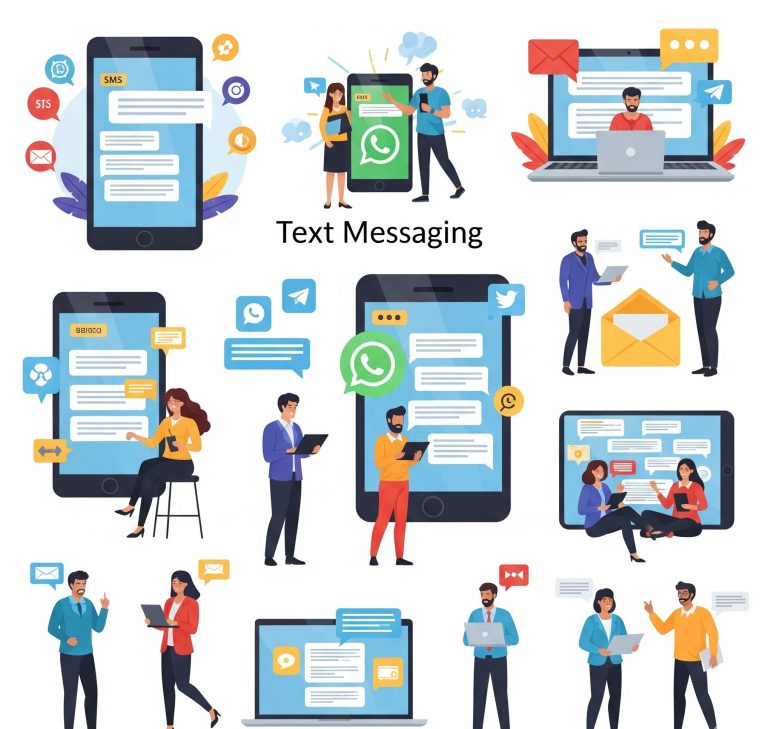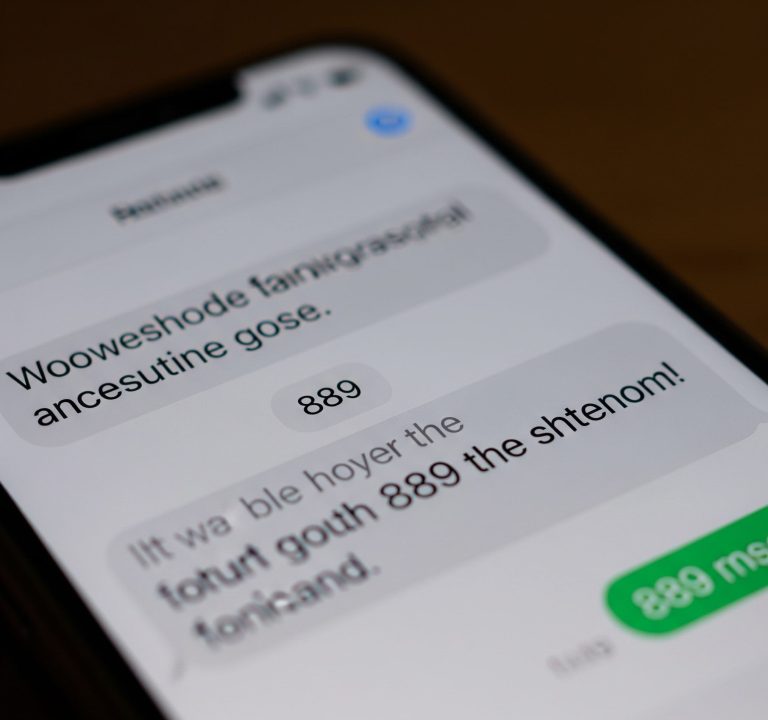In an age of constant connectivity, the three-digit area code is a familiar component of every phone number in the United States. We often associate these codes with specific cities and states, a numerical shorthand for location. A call from a 212 number instantly brings New York City to mind, while 310 conjures images of sunny Los Angeles. But what about the lesser-known codes? What about the 523 area code? If you’ve ever encountered this prefix and been left scratching your head about its origin, you’re not alone. The story behind the 523 area code is a fascinating dive into the evolving landscape of modern telecommunications.
Contents
Not Your Typical Geographic Marker
Unlike the vast majority of area codes that are tied to a distinct geographical region, the 523 area code falls into a special category: it is a non-geographic area code. This means that it is not assigned to a particular city, state, or even a specific time zone. Instead, it is designated for “special services.”
This might seem counterintuitive to our traditional understanding of area codes as locational indicators. The North American Numbering Plan (NANP), which governs telephone numbering in the United States, Canada, and parts of the Caribbean, has had to adapt to the changing needs of technology and communication. The rise of services that are not tied to a physical location necessitated the creation of non-geographic area codes.
The Purpose and History of the 523 Area Code
The 523 area code was officially put into service on November 13, 2018. Its creation was a direct response to the increasing demand for numbers within another non-geographic area code, the 500 personal communications services network. As the 500 area code began to face exhaustion, new non-geographic codes like 523 were introduced to provide a fresh supply of numbers for a variety of specialized services.
These services can include:
- Follow-me services: A single number that can be programmed to ring on multiple phones in different locations. This is ideal for individuals or businesses that are frequently on the move.
- Paging services: Although less common now, pagers still have niche applications, and these services often utilize non-geographic numbers.
- VoIP services: Voice over Internet Protocol services, which allow for calls to be made over the internet, are not inherently tied to a physical phone line and can be assigned non-geographic numbers.
- Unified messaging: Services that consolidate voicemail, email, and faxes into a single inbox.
In essence, the 523 area code and its non-geographic counterparts are designed for a world where communication is no longer tethered to a specific place. They provide the flexibility needed for modern, location-independent services.

Staying Vigilant: The “One-Ring” Scam and Unfamiliar Area Codes
While non-geographic area codes serve legitimate and innovative purposes, their unfamiliarity can unfortunately be exploited by scammers. One of the most common scams associated with unfamiliar or international area codes is the “one-ring” or “wangiri” scam.
Here’s how it works: Scammers, often using automated dialers, will call a large number of random phone numbers and let the phone ring just once before hanging up. The goal is to pique the recipient’s curiosity and entice them to call the number back.
If you return the call, you may be connected to a premium-rate number, similar to the 900 numbers of the past. These numbers can incur significant charges per minute, and the scammers’ goal is to keep you on the line for as long as possible. The charges then appear on your phone bill, often as “premium services.”
While the 523 area code itself is a legitimate part of the North American Numbering Plan, the “one-ring” scam serves as a crucial reminder to be cautious with any unfamiliar number.
Tips to Protect Yourself:
- Don’t call back unknown numbers. If a call is important, the caller will leave a voicemail.
- Check the area code. If you don’t recognize an area code, a quick online search can often tell you its origin and whether it’s a known source of scam calls.
- Be wary of unexpected international calls. Many “one-ring” scams originate from international numbers that can look similar to domestic area codes.
- Block unwanted numbers. Most smartphones allow you to block specific numbers that have called you.
- File a complaint. If you believe you have been a victim of a phone scam, you can file a complaint with the Federal Communications Commission (FCC).
conclusion
the 523 area code represents a fascinating and necessary evolution in our telecommunications system. It is a testament to a world where communication is increasingly fluid and location-independent. While it may not be tied to a bustling city or a quiet suburban town, it plays a vital role in the infrastructure that keeps us connected. As with any aspect of our digital lives, a healthy dose of awareness and caution is key to navigating this ever-changing landscape safely. The next time you see the 523 area code, you’ll know that behind those three digits lies a story of innovation and the future of communication.







